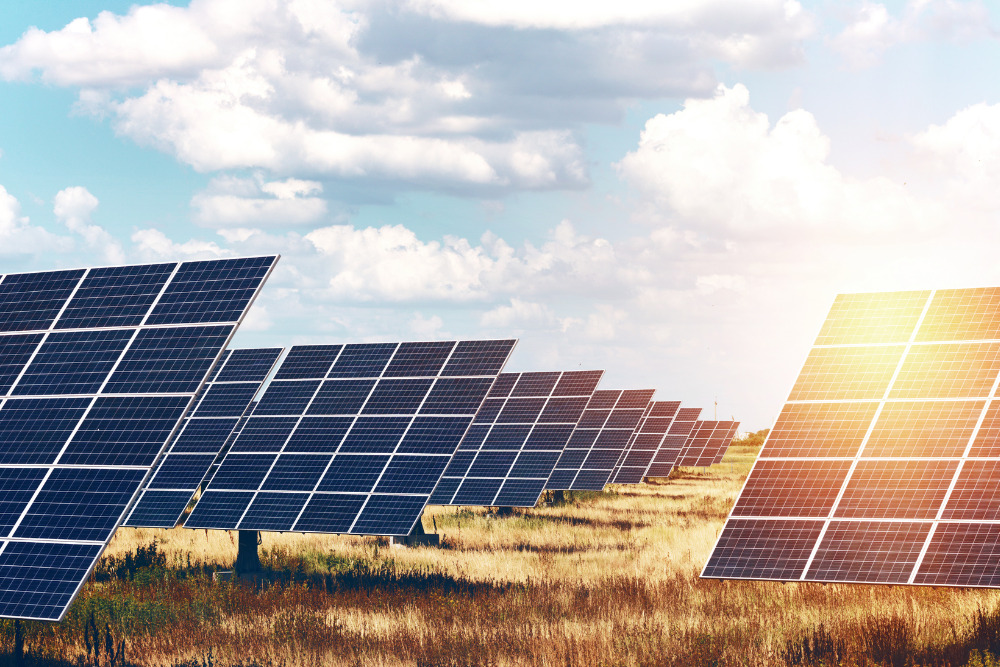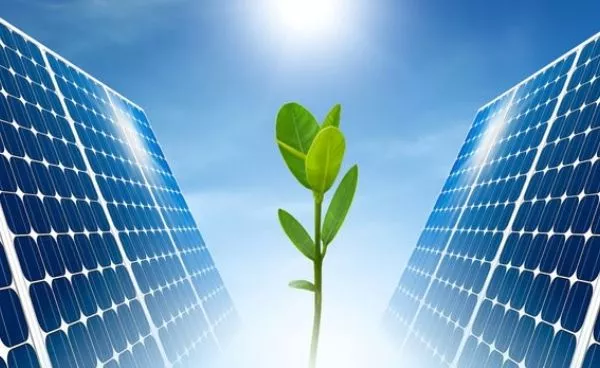Solar Power 101: A Newbie's Overview to Sustainable Power Solutions
As the globe increasingly shifts towards sustainable energy services, understanding the fundamentals of solar power ends up being important for both people and organizations. By exploring the advantages of solar innovation, alongside the economic incentives and installation procedures, one can obtain a more clear perspective on just how to effectively incorporate this eco-friendly resource right into their energy technique.
Recognizing Solar Power
At its core, understanding solar power involves grasping the essential concepts of just how sunshine can be converted right into functional electrical energy. Solar energy is originated from the sunlight's radiation, which can be harnessed with various technologies. The main system for this conversion is the photovoltaic or pv impact. This phenomenon happens when sunshine strikes semiconductor products, generally silicon-based, within solar cells. The energy from the sunshine thrills electrons in the semiconductor, allowing them to stream freely and generate direct current (DC) electrical energy.

Comprehending solar energy likewise involves recognizing its environmental benefits. By utilizing sunshine, we can alleviate greenhouse gas emissions and reduce air pollution, contributing to an extra lasting future. The developments in innovation and performance of planetary systems proceed to enhance their viability, making solar energy a progressively eye-catching option for global energy needs.
Sorts Of Solar Power Solutions
Various kinds of solar power systems are generally used to harness solar energy for electrical power generation. The key groups consist of photovoltaic (PV) systems, focusing solar energy (CSP) systems, and solar thermal systems.
Solar systems make use of solar panels composed of silicon cells that transform sunlight directly into electrical power. These systems are flexible and can be installed on rooftops, ground places, or incorporated into structure products.
Focusing Solar Power systems, on the other hand, use mirrors or lenses to focus sunshine onto a tiny location, generating warmth that drives a vapor generator to generate electrical energy - Simply Solar Illinois. CSP systems are generally deployed in massive power plants and call for direct sunshine, making them less ideal for gloomy areas

Each kind of solar power system has its special characteristics, applications, and suitability depending on geographical place, power needs, and budget, making it important to assess choices based upon specific situations. - Simply Solar Illinois

Advantages of Solar Power
Utilizing solar power via various systems not just supplies a lasting method to generate electrical power however likewise offers a multitude of benefits. Among one of the most considerable benefits is the reduction in greenhouse gas exhausts, adding to a cleaner atmosphere and combating climate change. Solar power is renewable, suggesting it is infinite and readily available as long as the sun radiates, unlike fossil fuels, which are limited and depleting.
Furthermore, solar energy can cause substantial expense financial savings gradually. Home owners and organizations can reduce their power costs dramatically, and in a lot of cases, they may earn credit histories for excess energy generated through web metering. In addition, the solar sector creates work, from manufacturing to setup, boosting local economies.
One more engaging benefit is energy freedom. By generating their own electricity, people and neighborhoods can lower reliance on outside power sources, improving strength versus varying energy rates and supply interruptions. Furthermore, solar power systems need very little maintenance, making them a convenient choice for sustainable power generation.
Setup Refine Summary
The installation procedure for solar helpful hints power systems usually entails several key steps that ensure reliable combination right into a property. Originally, a detailed site evaluation is carried out to evaluate the roof's positioning, shielding, and architectural stability, which are essential to enhancing solar panel performance. Following this analysis, the design stage starts, where a customized solar power system is configured based on the home owner's power demands and choices.
As soon as the layout is completed, the necessary licenses and approvals are acquired from neighborhood authorities, guaranteeing conformity with regulations. The actual setup entails installing the photovoltaic panels on the roofing or ground, attaching them to an inverter, click this and incorporating the system with the building's electric setup. This phase may also include mounting battery storage space systems, relying on the layout.
After installation, an extensive examination is carried out to verify the system's capability and safety. The system is commissioned, and homeowners are enlightened on its procedure and maintenance. With the installation complete, the solar power system can begin generating renewable resource, adding to sustainability and decreasing utility costs. This organized technique makes sure that solar systems are both effective and trustworthy, maximizing their long-term advantages.
Financial Incentives and Cost Savings
Discovering the monetary incentives and cost savings associated with solar power systems can dramatically improve the allure of making the switch to sustainable power. One of the most notable incentives is the government solar tax debt, which allows property owners to subtract a percentage of their solar system setup prices from their government tax obligations.
In addition to tax credits, many states use rebates that can even more decrease upfront expenses. Some utility firms likewise provide performance-based incentives, fulfilling solar power manufacturing with time. Funding options, such as solar financings and leases, allow customers to mount systems with little to no deposit, making solar power more obtainable.

Long-lasting cost savings are another vital factor. By producing their own electrical energy, homeowners can substantially decrease or address also remove their monthly power expenses. In addition, solar systems can enhance residential property worths, giving a strong return on financial investment. Overall, the mix of rewards and cost savings makes solar power an economically attractive selection for lots of households.
Conclusion
In verdict, solar power stands for a vital part of lasting energy remedies, supplying a path towards decreased carbon impacts and enhanced ecological protection. Inevitably, the change to solar power not just promotes eco-friendly responsibility however also promotes financial financial savings and power self-reliance.